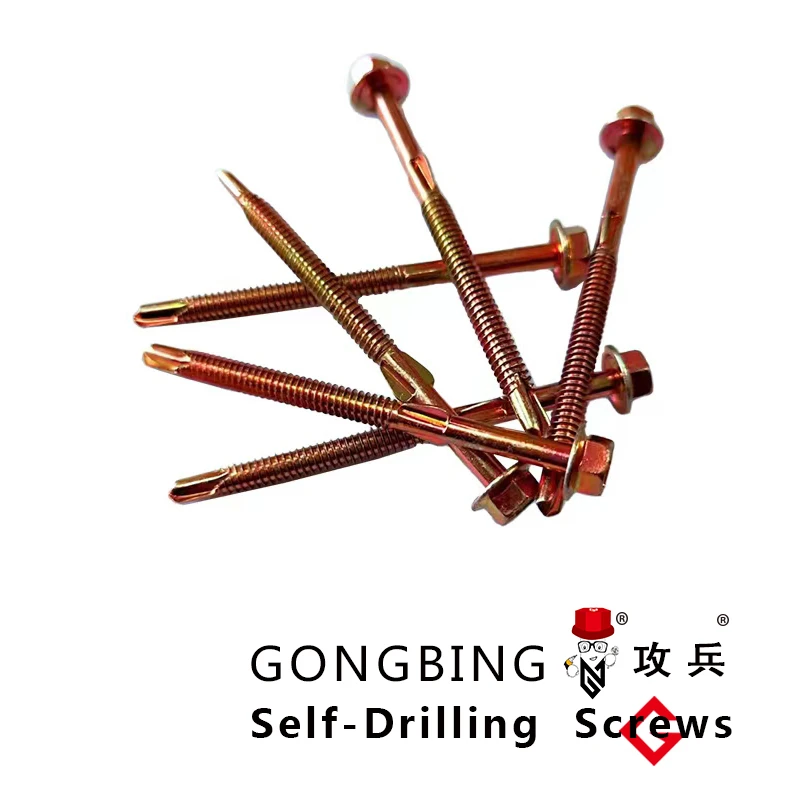gi foundation bolt
Understanding GI Foundation Bolt A Critical Component in Construction
In the realm of construction and engineering, the integrity of structures heavily relies on the quality of materials and components used. Among these critical components are foundation bolts, specifically GI (Galvanized Iron) foundation bolts. These bolts serve as essential fixtures that provide stability and anchorage to various structures, from residential buildings to industrial installations.
What is a GI Foundation Bolt?
A GI foundation bolt is a type of anchor bolt made from galvanized iron, a material known for its durability and resistance to corrosion. The galvanization process involves coating the iron with a layer of zinc, which significantly enhances its lifespan in outdoor and harsh environments. This makes GI foundation bolts ideal for applications where moisture and weathering are a concern, such as in foundations exposed to rain or in coastal constructions.
Importance of Foundation Bolts
Foundation bolts are crucial because they secure structures to their foundations, preventing them from shifting or settling unevenly. When a building or infrastructure is subjected to various forces, such as wind, seismic activity, or even just the weight of the structure itself, foundation bolts absorb and distribute these stresses. This is especially vital in areas prone to natural disasters, where the stability of a structure can mean the difference between safety and catastrophic failure.
The role of GI foundation bolts becomes even more significant in the construction of high-rise buildings and industrial facilities. These structures often require a solid anchoring system to ensure they can withstand the forces exerted on them. The use of galvanized iron further ensures that the bolts can maintain their integrity over time, reducing the need for maintenance and replacement.
Applications of GI Foundation Bolts
gi foundation bolt

GI foundation bolts find applications in a variety of construction projects. They are commonly used to anchor
1. Tall Structures High-rise buildings and towers utilize these bolts to ensure stability against wind forces. 2. Industrial Equipment Machinery and equipment in factories often require foundation bolts for secure anchoring to prevent vibrations from affecting their performance. 3. Bridges and Overpasses These structures need robust anchorage to withstand traffic loads and environmental stresses. 4. Telecommunication Towers Stability is crucial for these towers, which is achieved through the use of durable foundation bolts.
Installation and Best Practices
Installing GI foundation bolts requires careful planning and execution. The placement and depth of the bolts must be precisely determined based on the structure's design and the soil conditions. Additionally, it is imperative that the bolts are installed in a way that allows for proper load distribution. Any misalignment or improper installation can lead to structural weaknesses that could have dire consequences.
Best practices also include regularly inspecting foundation bolts for signs of wear or corrosion, especially in areas with harsh environmental conditions. By keeping an eye on these critical components, builders and engineers can ensure the long-term safety and integrity of the structures they support.
Conclusion
GI foundation bolts are an integral part of modern construction, playing a pivotal role in ensuring the safety and longevity of various structures. With their excellent corrosion resistance and strength, GALVANIZED IRON foundation bolts are the preferred choice in many applications, offering peace of mind to builders and engineers alike. As construction practices continue to evolve, the importance of quality components like GI foundation bolts will remain a cornerstone of building stability and safety.
-
Weatherproof Plastic Expansion Anchors for OutdoorNewsJun.06,2025
-
Sustainability in the Supply Chain: Eco-Friendly TEK Screws ProductionNewsJun.06,2025
-
Load-Bearing Capacity of External Insulation FixingsNewsJun.06,2025
-
Double Head Bolts: Enhancing Efficiency in Industrial MachineryNewsJun.06,2025
-
Corrosion Resistance in Chipboard Screws: Coatings for Wholesale DurabilityNewsJun.06,2025
-
Butterfly Toggle Bolts : Enhancing Structural ResilienceNewsJun.06,2025
